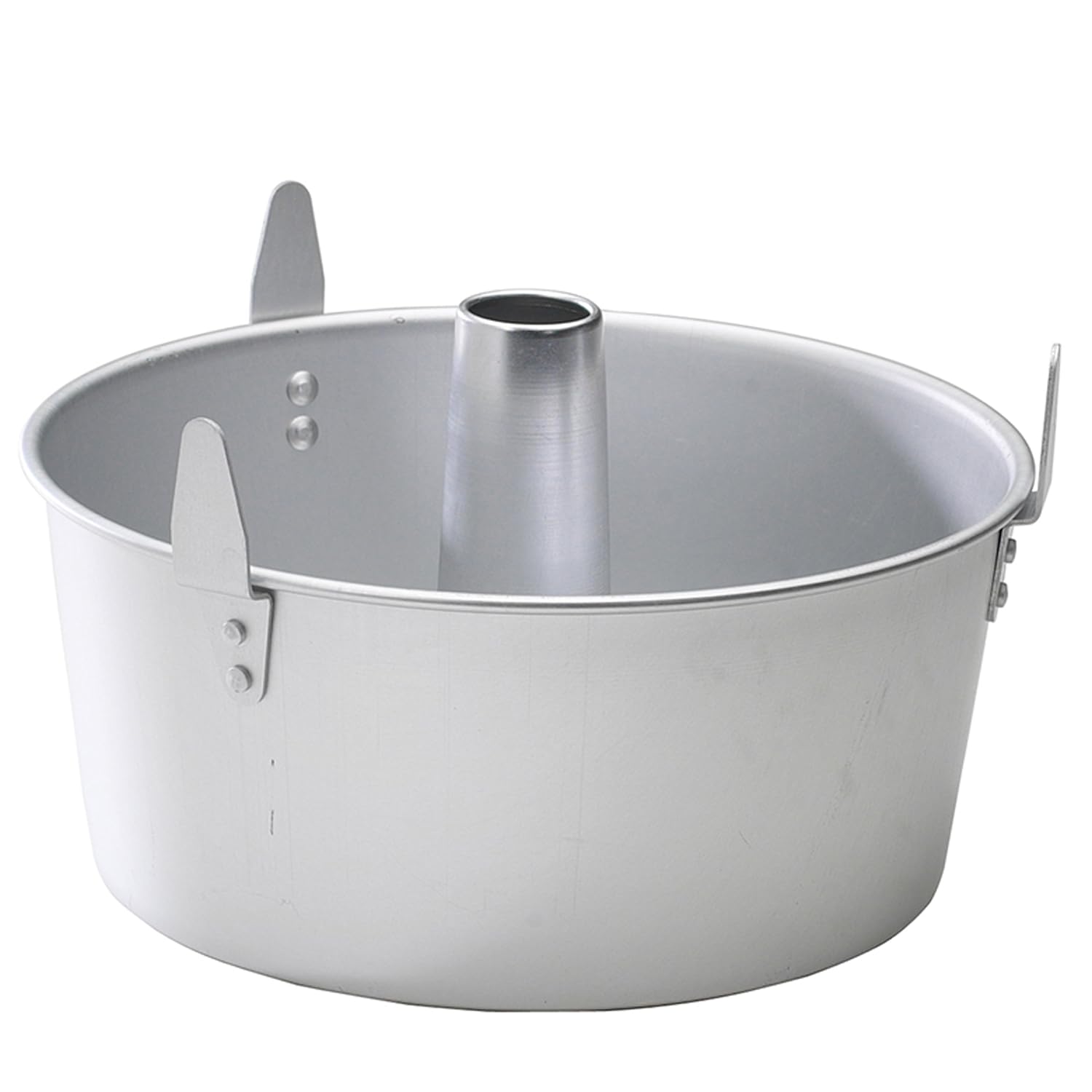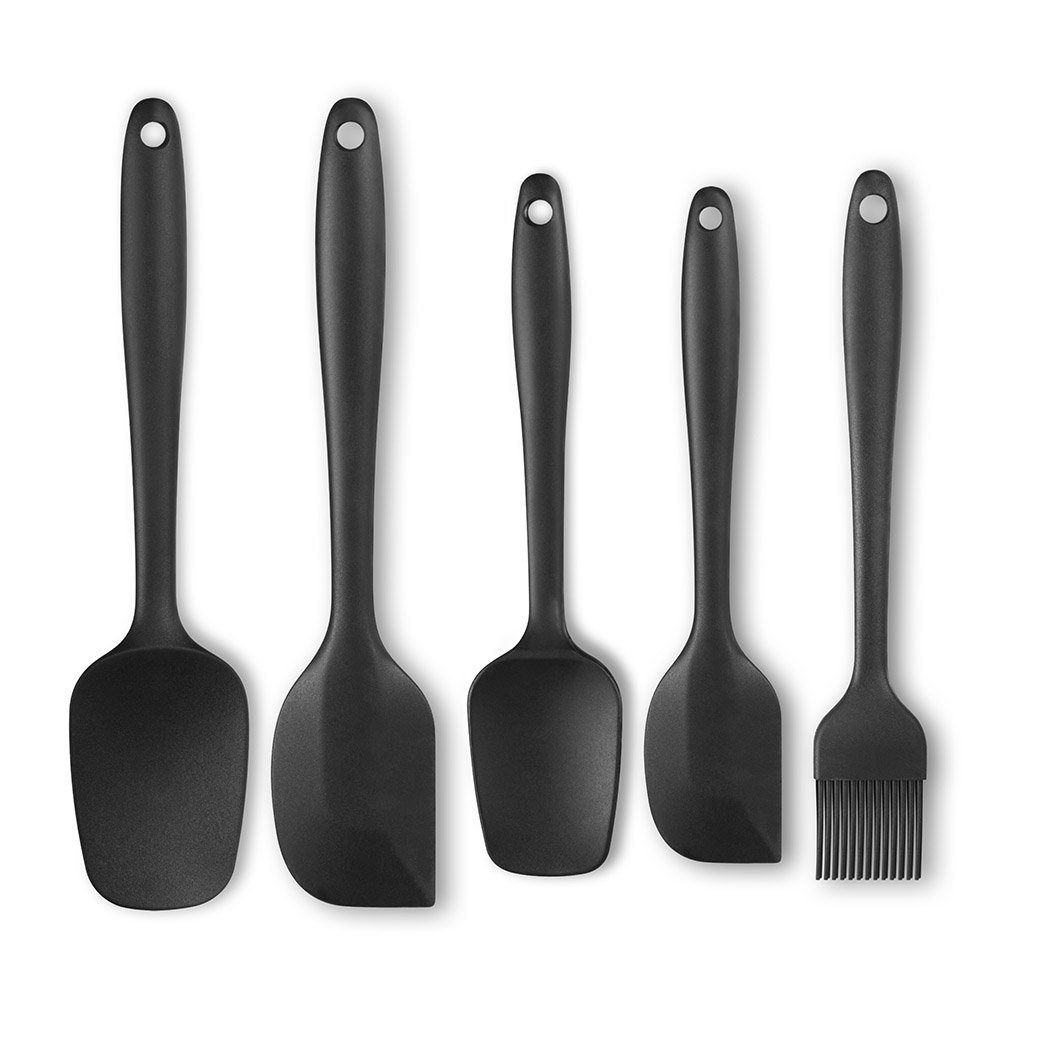Biscotti means Cookie. The word 'biscotti' is also used to refer to twice-baked crunchy cookies that can be eaten with with coffee or tea.
If you are like me and did not know what biscotti was, It is a cookie that is baked twice. First, the batter is baked as a log or loaf. After the log cools a little, it is sliced diagonally and baked a second time. The second baking time dries out the moisture in the cookie. This leaves an airy, crunchy, lightly sweet and firm cookie.
The texture of this cookie makes it a great accompaniment to wine, tea or coffee. Some people prefer to dunk this crunchy cookie into their tea or coffee but I prefer to eat it as is.
The variations of biscotti recipes that exist are too many to count. but, I was searching for a simple biscotti recipe when I found the vanilla biscotti recipe by Bunnybaubles.
Before I go into how the recipe worked out, I just have to admit that the pictures on her blog are beautiful, whimsical even.
The vanilla biscotti recipe is very basic and the ingredients are things you probably have in your pantry. Once again, I tried this recipe in the wee hours of the morning for the first time.
The process of making it was easy, and I did the mixing by hand.
First, you cream the butter and sugar. Then mix in the eggs and vanilla extract. Add the flour and baking powder and mix until well combined. Put the batter on a parchment lined baking sheet and form it into a log or 2 logs.
Bake the logs for 20-25 minutes and remove it from of the oven. Leave to cool for 5 minutes and cut the logs into diagonal strips. Arrange the strips on a baking sheet and bake in a lower temperature for a few more minutes.
Since, I have made a few variations of this recipe. Here are the results I got:
- Making the recipe as written
- Using cake flour instead of all purpose flour
- Including add-ins
- Using margarine instead of butter
- Making the recipe as written
This biscotti recipe is tricky to work with because of its stickiness. At this point, I have to emphasize that you should not increase the flour in this recipe. The result of making this recipe as written is a light, crisp cookie that will not break your teeth.
The butter in this recipe makes the cookie tender and not as hard as authentic biscotti cookies.
The butter in this recipe makes the cookie tender and not as hard as authentic biscotti cookies.
- Using cake flour instead of all purpose flour
I wondered if using cake flour would provide a lighter texture due to the presence of the corn flour. The result of this substitution was a sticky dough that i could not shape into a log. To make the dough manageable, I used an additional ¼ cup of flour.
Despite this inclusion, the dough was still a little sticky. After the second baking period, this cookie was light and crunchy. There was no huge difference between the cookie made with AP flour and this one.
Despite this inclusion, the dough was still a little sticky. After the second baking period, this cookie was light and crunchy. There was no huge difference between the cookie made with AP flour and this one.
- Using margarine instead of butter
This recipe calls for 90g of butter but I bake with margarine for personal reasons. I made this vanilla Biscotti recipe with margarine as well. The texture of this recipe was not affected by the use of margarine.
The flavor factor was a whole other issue. Using margarine creates a very bland biscotti that requires the use of more extracts or flavoring.
The flavor factor was a whole other issue. Using margarine creates a very bland biscotti that requires the use of more extracts or flavoring.
- Using half butter and half margarine
The results were the same as when I used margarine alone, but, I got a light buttery flavor that did not overpower the vanilla or lemon extract I used.
- Including add-ins
This vanilla biscotti recipe is nice as it is but it does not have an extraordinary flavor profile. After making this cookie plain a few times, I experimented with add-ins. My favorite is a lemon and cranberry biscotti. I added some chopped up dried cranberries for tartness and a teaspoon of lemon extract.
These additions improved the overall flavor of these cookies. All my taste testers preferred this to the plain version.
These additions improved the overall flavor of these cookies. All my taste testers preferred this to the plain version.
Do I recommend this recipe?
Yes, I do. This is an easy project for beginner bakers. It follows simple mixing principles like creaming, folding. I can go as far as calling this recipe idiot proof. Unless you add too much flour or burn these cookies, I cannot imagine what else could go wrong.
These cookies will make an excellent addition to any cookie recipe collection.
Tips for working with this recipe
- Line your cookie sheet with parchment paper.
- Use wet or oiled hands to handle the wet dough.
- Do not add more flour to this dough.
- Cut your biscotti with a serrated knife and use a sawing motion.
- Do not cut your biscotti too thin. The thinner you cut your Biscotti, the higher the chances of it crumbling. If you will be dunking this cookie in tea, cut it a bit thicker.
- Store these immediately they are cool in an airtight tin.















 This is my pan of choice for sponge cakes and cheesecakes. The pans with bottoms that can be detached make easy work of bringing some desserts out after baking. This, however, is the one pan where a careful selection is necessary. So many of this kind are not sealed tight enough when closed and cause oven spills. Read the reviews before purchasing this particular style of baking pan.
This is my pan of choice for sponge cakes and cheesecakes. The pans with bottoms that can be detached make easy work of bringing some desserts out after baking. This, however, is the one pan where a careful selection is necessary. So many of this kind are not sealed tight enough when closed and cause oven spills. Read the reviews before purchasing this particular style of baking pan. If you are into light, fluffy, cloud-like cakes, you should have this baking pan. Created to ensure delicate cake batters rise very high and stay high. These pans have a hole for inverting the pan after baking. This ensures that the delicate cake does not collapse as it cools.
If you are into light, fluffy, cloud-like cakes, you should have this baking pan. Created to ensure delicate cake batters rise very high and stay high. These pans have a hole for inverting the pan after baking. This ensures that the delicate cake does not collapse as it cools.
 What is this list without cupcake pans? Trash!
What is this list without cupcake pans? Trash!  This is probably the first type of baking pan you should buy. This is because of the versatility of cookie sheets. Contrary to the name, you do not use them for baking cookies alone. A high rimmed cookie sheet can be used to make a jelly roll, thin cake or bars.
This is probably the first type of baking pan you should buy. This is because of the versatility of cookie sheets. Contrary to the name, you do not use them for baking cookies alone. A high rimmed cookie sheet can be used to make a jelly roll, thin cake or bars. 












